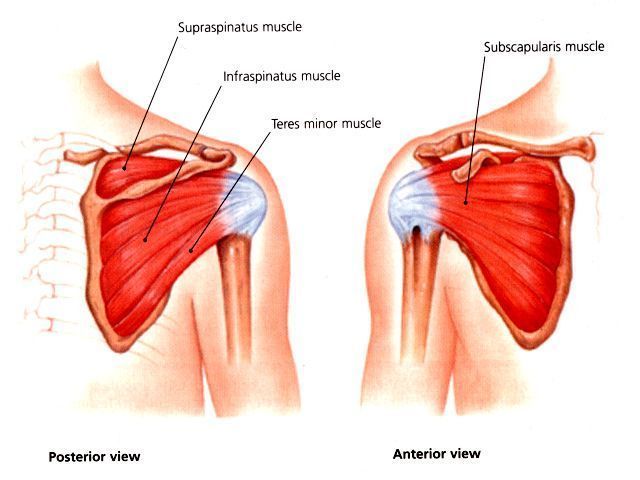Kieran Sasiadek • June 22, 2023
Rehab Journey and Setbacks
Rehab Journey and Setbacks
Being in pain and being injured is no fun. You have the physical effect of pain, stiffness, irritation, and reduced function, and you also have the psychological impact to deal with. The anxiety of how long it will take to get better, a reduction in your quality of life, and the fear of whether you are making things worse. Clients will also often blame themselves for their injuries, “I shouldn’t have done that” or “I’m sat for too long,” and although there can be some merit in these comments, it is important to realise that pain is a very complicated issue and rarely ever due to one factor. As such there is little value in beating yourself up for your injuries, and “being kind to yourself” is a phrase I will extensively use with my clients.
In my day-to-day work, clients will often ask if they should stop doing an activity, whether its golf, swimming or running. My answer will always be “No.” One of the worst things a physiotherapist could do, is to take away something that brings you joy and improves your quality of life. Often, I might ask a client to modify the activity or reduce it to more manageable levels for a brief time, then gradually increase their volumes as tolerable. An example being a client with elbow pain when playing golf, we can reduce their volume to nine holes instead of a full eighteen, then gradually building back up to a full eighteen as tolerable.
In an ideal situation when you are recovering from an injury, you would make continued linear progress, and you get better and better until you are fully recovered. Unfortunately, this is not always the case. Sometimes rehab can be like a game of snakes of ladders, where you will make improvements and things will progress nicely, and then can drop back down again with setback or flare up. This can be when it gets particularly frustrating for a client, as you have spent time and energy doing the rehab, only for it come back. This sort of situation can occur with achilles tendinopathy, particularly for runners. They are progressing nicely, with a reduction in pain, an increase in strength, and they have gradually increased their running and are incredibly happy, then they try a bit too much or go a bit too fast or for too much distance, and the tendon flares up again.
In situations of flare ups like the example above, it is important for clients to try to take stock of things, and this is where our role as Physiotherapists is crucial. Throughout our sessions we are taking data and recording what your able to do and how you react to it. So, when you feel down or frustrated about having a set-back or not being able to achieve something without issues, we can show you how far you have come and the progress you have made from your first session. It is our way of making sure you do not “throw the baby out with the bath water.” So rather than packing in the exercises or saying, “I’m just going to stop running”, we would re-evaluate where the client is, we’d aim to reduce the irritation, restore the strength and range, and suggest a lighter speed and volume of running for the time being whilst we build up again.
As a take home message, it is important to remember that being in pain and being injured is no picnic, and the rehab can take twists and turns as you go along. But as you go through the rehab journey the most important thing is to be kind to yourself, do the things that bring you joy, and not take away the activities that you give you quality of life.
Author: Kieran Sasiadek
Senior Physiotherapist
If you would like any further information, reach out to us on 0749111010 or via email at kieran@jtphysio.com




